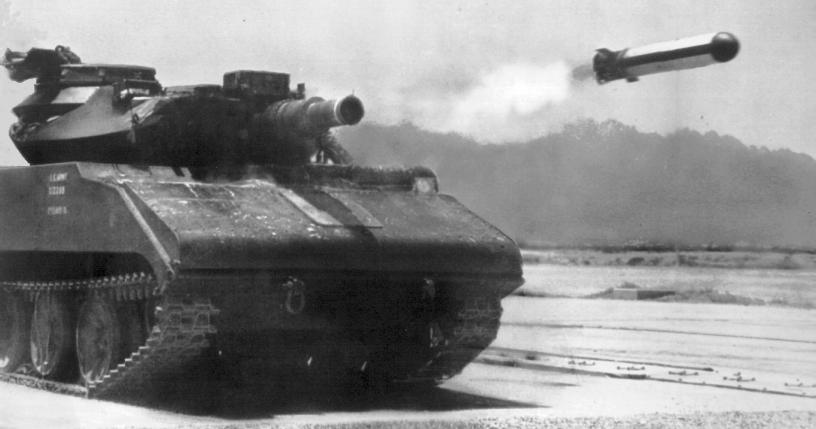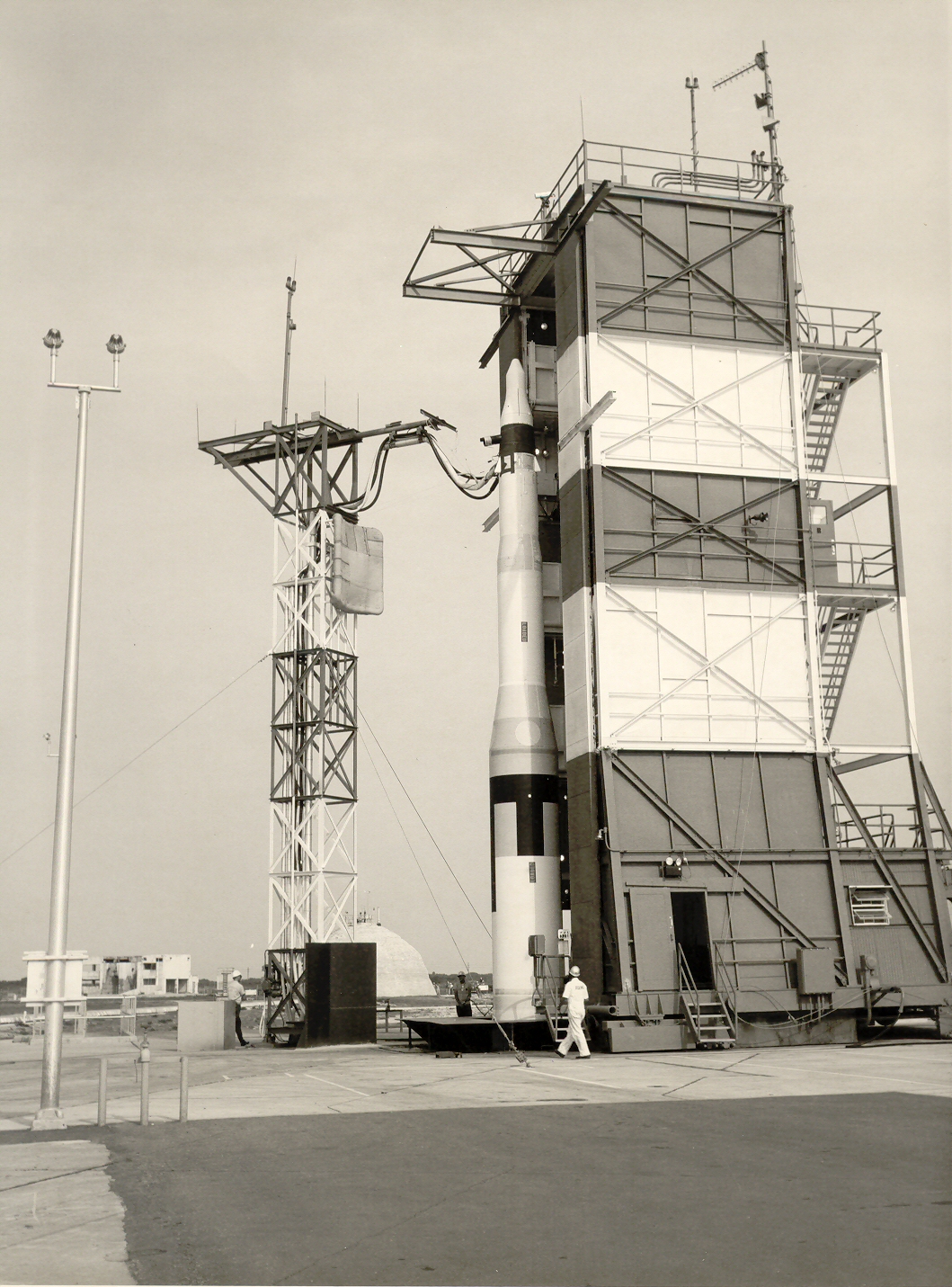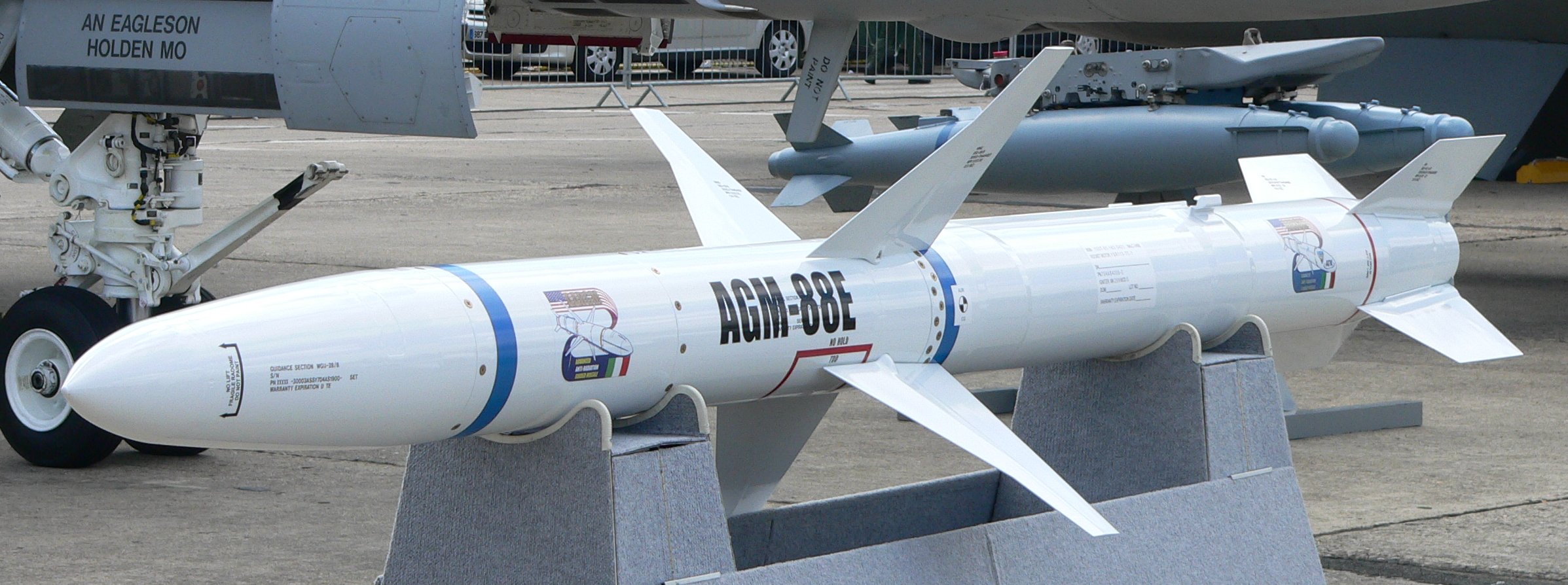|
Ford Aerospace
Ford Aerospace was the aerospace and defense division of Ford Motor Company. It was based in Dearborn, Michigan and was active from 1956 (originally as Philco and then Philco Ford) through 1990, when it was sold to the Loral Corporation. Major divisions were located in Palo Alto CA (Space Systems Division), San Jose CA (Western Development Laboratories) and Newport Beach (Aeronutronic Division). Other operations were located in a number of other states around the United States. History The company was established in 1956. It was renamed to "Ford Aerospace and Communications Corporation" in 1976, and then to "Ford Aerospace Corporation" in 1988. The Engineering and Research Center campus was located on Jamboree Road at Ford Road, overlooking the Santa Catalina Strait of the Pacific Ocean in Newport Beach. [...More Info...] [...Related Items...] OR: [Wikipedia] [Google] [Baidu] |
Aeronutronic
Aeronutronic was a defense related division of Ford Aerospace, owned by Ford Motor Company, and based in Newport Beach, Orange County, California. The Engineering and Research Center campus was located on Jamboree Road at Ford Road, overlooking Balboa Bay and the Santa Catalina Strait of the Pacific Ocean in Newport Beach.Los Angeles Times.com: "Ford Aerospace Treated for Years Like a Stepchild : Defense: The auto maker has announced plans to sell its Newport Beach-based unit. But critics say the firm was abandoned long ago." 14 January 1990. [...More Info...] [...Related Items...] OR: [Wikipedia] [Google] [Baidu] |
Lockheed Martin
The Lockheed Martin Corporation is an American Arms industry, defense and aerospace manufacturer with worldwide interests. It was formed by the merger of Lockheed Corporation with Martin Marietta on March 15, 1995. It is headquartered in North Bethesda, Maryland, United States. As of January 2022, Lockheed Martin employs approximately 121,000 employees worldwide, including about 60,000 engineers and scientists. Reports from 2024 estimate that Lockheed Martin Corporation (LMT) holds a market cap of around $139.7 billion. Lockheed Martin is one of the largest companies in the aerospace, military support, security, and technologies industry. It was the world's largest defense contractor by revenue for fiscal year 2014.POC Top 20 Defence Contractors of 2014 . Retrieved: July 2015 ... [...More Info...] [...Related Items...] OR: [Wikipedia] [Google] [Baidu] |
UGM-73 Poseidon
The UGM-73 Poseidon missile was the second US Navy nuclear-armed submarine-launched ballistic missile (SLBM) system, powered by a two-stage solid-fuel rocket. It succeeded the UGM-27 Polaris beginning in 1972, bringing major advances in warheads and accuracy. It was followed by Trident I in 1979, and Trident II in 1990. Development A development study for a longer range version of the Polaris missile—achieved by enlarging it to the maximum possible size allowed by existing launch tubes—started in 1963. Tests had already shown that Polaris missiles could be operated without problems in launch tubes that had their fiberglass liners and locating rings removed. The project was given the title Polaris B3 in November, but the missile was eventually named Poseidon C3 to emphasize the technical advances over its predecessor. The C3 was the only version of the missile produced, and it was also given the designation UGM-73A. Slightly longer and considerably wider and heavier than Po ... [...More Info...] [...Related Items...] OR: [Wikipedia] [Google] [Baidu] |
Pave Knife
The Ford Aerospace AN/AVQ-10 Pave Knife was an early targeting pod developed by the USAF and US Navy to designate and guide laser-guided bombs. Pave Knife was developed in 1969 in aviation, 1969 to replace the original, essentially improvised Airborne Laser Designator (ALD) and TRIM pod (see A-6 Intruder). ALD was not a pod but a hand-held laser operated by the weapon systems officer to mark targets for Paveway laser-guided bombs. Pave Knife was a roughly banana-shaped external pod, weighing about 550 kg (1,200 lb), containing a steerable laser and closed-circuit television camera. The weapon systems officer or bombardier/navigator (BN) monitored the TV image with a small Sony TV in the cockpit and steered the laser onto the target with a hand controller, then passing the target information to the aircraft's gun sight. The Pave Knife bid was a firm fixed-price contract, involving design, development, and manufacture of one prototype, which was considered to be of vital ... [...More Info...] [...Related Items...] OR: [Wikipedia] [Google] [Baidu] |
MGM-51 Shillelagh
The Aeronutronic, Ford MGM-51 ''Shillelagh'' was an American anti-tank guided missile designed to be launched from a conventional gun (cannon). It was originally intended to be the medium-range portion of a short, medium, and long-range system for armored fighting vehicles in the 1960s and '70s to defeat future armor without an excessively large gun. Developing a system that could fire both shells and missiles reliably proved complex and largely unworkable for the United States. It was originally developed for the experimental but never produced MBT-70 tank and served most notably as a primary weapon of the M551 Sheridan light tank, but the missile system was not issued to units serving in Vietnam War, South Vietnam and was retired in 1996. It was also used on the M60 Patton, M60A2 "Starship", which was phased out by 1981. Ultimately, very few of the 88,000 rounds produced were ever fired in combat, and the system was largely succeeded by the later BGM-71 TOW wire-guided missile, w ... [...More Info...] [...Related Items...] OR: [Wikipedia] [Google] [Baidu] |
LGM-30 Minuteman
The LGM-30 Minuteman is an American land-based intercontinental ballistic missile (ICBM) in service with the Air Force Global Strike Command. , the LGM-30G (Version 3) is the only land-based ICBM in service in the United States and represents the land leg of the U.S. nuclear triad, along with the Trident II submarine-launched ballistic missile (SLBM) and nuclear weapons carried by long-range strategic bombers. Development of the Minuteman began in the mid-1950s when basic research indicated that a solid-fuel rocket motor could stand ready to launch for long periods of time, in contrast to liquid-fueled rockets that required fueling before launch and so might be destroyed in a surprise attack. The missile was named for the colonial minutemen of the American Revolutionary War, who could be ready to fight on short notice. The Minuteman entered service in 1962 as a deterrence weapon that could hit Soviet cities with a second strike and countervalue counterattack if the U.S. wa ... [...More Info...] [...Related Items...] OR: [Wikipedia] [Google] [Baidu] |
LGM-118 Peacekeeper
The LGM-118 Peacekeeper, originally known as the MX for "Missile, Experimental", was a Multiple independently targetable reentry vehicle, MIRV-capable intercontinental ballistic missile (ICBM) produced and deployed by the United States from 1986 to 2005. The missile could carry up to eleven Mark 21 Multiple independently targetable reentry vehicle, reentry vehicles (although treaties limited its actual payload to ten), each armed with a 300-kiloton W87 thermonuclear weapon, warhead. Initial plans called for building and deploying 100 MX ICBMs, but budgetary concerns limited the final procurement; only 50 entered service. Disarmament treaties signed after the Peacekeeper's development led to its withdrawal from service in 2005. Studies on the underlying concept started in the 1960s. The idea was to allow the US to absorb a sneak attack by the USSR with enough warheads surviving to attack the remaining Soviet missile silos. To do so, the missiles had to be highly accurate, be based ... [...More Info...] [...Related Items...] OR: [Wikipedia] [Google] [Baidu] |
Have Dash
Have Dash was a program conducted by the United States Air Force for the development of a stealthy air-to-air missile. Although the Have Dash II missile appears to have been flight tested, the results of the project remain classified, and no mass production is known to have been undertaken. Have Dash I Have Dash I was a classified project to develop an air-to-air missile for use by stealth aircraft.Popular Mechanics, March 1990 The concept, developed by the USAF Armament Laboratory between 1985 and 1988, was extensively studied but failed to produce any flying hardware.Parsch 2005 Have Dash II Have Dash II, initiated in 1990, was a renewed effort to develop a stealthy air-to-air missile, intended to be used by the Advanced Tactical Fighter – the YF-22 and YF-23 – and to replace the AIM-120 AMRAAM in service. Have Dash II was designed with a composite body, trapezoidal in shape. This was intended both to reduce the missile's radar-cross-section and to resist heat at hyperso ... [...More Info...] [...Related Items...] OR: [Wikipedia] [Google] [Baidu] |
AN/AAS-38
The Lockheed Martin AN/AAS-38 Nite Hawk is a high-resolution FLIR, laser designator, and laser tracker pod system for use with laser-guided munitions. The US Navy used the AAS-38 on the F/A-18C/D Hornet and F-14D Tomcat in combination with the AN/AAS-50 navigation FLIR pod for laser-guided munitions delivery. The system provides real-time target data allowing the pilot to locate, identify, track and engage targets. It allows the aircraft to perform high-speed low-altitude interdiction and close air support missions at night in visibility conditions reduced by smoke, dust, smog or haze. In combination with the AAS-50 and a pair of night vision goggles, the Nite Hawk provides the capability to maintain situational awareness, navigate and avoid terrain, acquire and designate targets, and assess battle damage after deployment of munitions. History The AAS-38 was initially developed specifically for the F/A-18 Hornet. It was designed to provide the attack aircraft with day/night a ... [...More Info...] [...Related Items...] OR: [Wikipedia] [Google] [Baidu] |
AGM-88 HARM
The AGM-88 HARM (High-speed Anti-Radiation Missile) is a tactical, air-to-surface anti-radiation missile designed to home in on electronic transmissions coming from surface-to-air radar systems. It was originally developed by Texas Instruments as a replacement for the AGM-45 Shrike and AGM-78 Standard ARM system. Production was later taken over by Raytheon Corporation when it purchased the defense production business of Texas Instruments. Description The AGM-88 can detect, attack and destroy a radar antenna or transmitter with minimal aircrew input. The proportional guidance system that homes in on enemy radar emissions has a fixed antenna and seeker head in the missile's nose. A smokeless, solid-propellant, booster-sustainer rocket motor propels the missile at speeds over Mach 2. The HARM was a missile program led by the U.S. Navy, and it was first carried by the A-6E, A-7, and F/A-18A/B aircraft, and then it equipped the EA-6B and EA-18G dedicated electronic atta ... [...More Info...] [...Related Items...] OR: [Wikipedia] [Google] [Baidu] |
Skynet (satellite)
Skynet is a family of military communications satellites, now operated by Babcock International on behalf of the United Kingdom's Ministry of Defence (MOD). They provide strategic and tactical communication services to the branches of the British Armed Forces, the British intelligence agencies, some UK government departments and agencies, and to allied governments. Since 2015 when Skynet coverage was extended eastward, and in conjunction with an Anik G1 satellite module over America, Skynet offers near global coverage. The Skynet contract allows Airbus Defence and Space to sell surplus bandwidth, through the Skynet partner programme, to NATO and allied governments, including the Five Eyes intelligence alliance members (Australia, Canada, New Zealand, the United Kingdom and the United States). As of 2020, seven Skynet satellites are operating, plus Anik G1. The Skynet 1 to 4 series were developed and operated by the Signals Research and Development Establishment, Royal Signals ... [...More Info...] [...Related Items...] OR: [Wikipedia] [Google] [Baidu] |
Caspar Weinberger
Caspar Willard Weinberger (August 18, 1917 – March 28, 2006) was an American politician and businessman. As a Republican, he served in a variety of state and federal positions for three decades, most notably as Secretary of Defense under President Ronald Reagan from January 1981 to November 1987. He was indicted on charges of lying to Congress and obstructing government investigations as part of the Iran–Contra investigation, but was pardoned by President George H. W. Bush before facing trial. Weinberger was a member of the California State Assembly from 1953 to 1959. He also served as Chairman of the Federal Trade Commission and Director of the Office of Management and Budget under Presidents Richard Nixon and Gerald Ford. He later became vice president and general counsel of Bechtel Corporation. Weinberger's tenure as Secretary of Defense was marked by his hard line against the Soviet Union, in disagreement with the State Department. He promoted the Strategic Defe ... [...More Info...] [...Related Items...] OR: [Wikipedia] [Google] [Baidu] |







